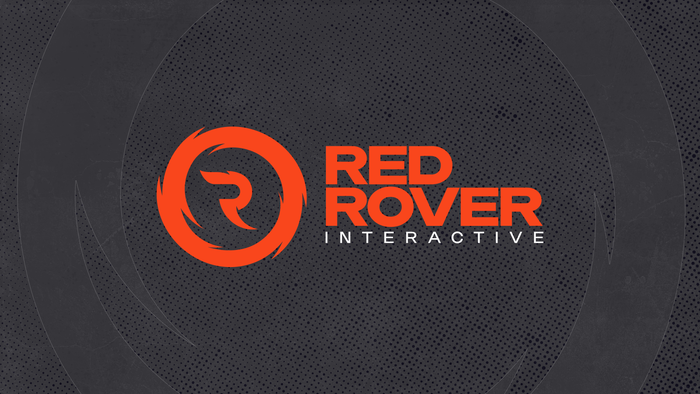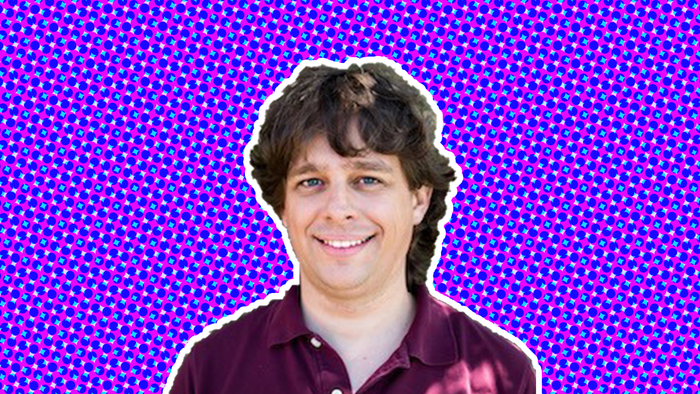Newly merged with Tecmo, Koei is joining many of its Japanese peers in looking to Western audiences. Here, Koei president Kenji Matsubara talks to Gamasutra about plans, and challenges associated with that goal -- like the fact that many _Dynasty Warrio

Publisher and developer Koei (Dynasty Warriors) recently finalized its merger with Tecmo (Ninja Gaiden), creating a holding company that takes off in April 2009. The deal was valued at $207.7 million, and the result can be compared to a company like Sega Sammy or Bandai Namco, Koei president Kenji Matsubara tells Gamasutra. Thus far, as Matsubara recently explained, the merger strategy has focused largely on business synergies, less on development strategy -- for example, Tecmo offers IP like Dead or Alive and Ninja Gaiden that are "strong" in North America, while Koei has a "very big brand" in Asia. Strong Western IP is increasingly a major asset to Japanese companies; Capcom developed Bionic Commando with Swedish studio GRIN, and Square Enix recently expressed a strong interest in acquiring Eidos. As for Koei, it established a Canadian studio, and here, Gamasutra talks to Matsubara about the challenges of reaching a Western audience, especially with a franchise like Dynasty Warriors -- which even Matsubara admits has trouble differentiating its iterations in Western eyes. What kind of success rate do you consider in general, looking at the way these companies have approached this challenge of moving into the Western market more aggressively? What do you think of the different strategies? Kenji Matsubara: I understand that Capcom has been making partnerships, but Koei, especially from the founders' side, we like to buy ourselves, and have our own studios, not only in Japan, but in the Western market. That's why we established the studios from scratch and hired experienced people, and also new guys. We train them, and then also develop and publish. We have a better long-term view, so that's why we're not acquiring existing studios. We prefer to start our own studios. What do you think about your position just as Koei in the U.S. right now, in terms of the performance of your titles and your audience? KM: In terms of user recognition, Koei's brand is very small, I have to admit. So our strategy is to provide titles for the Western market and establish a brand image. In Japan, our market share is like seven percent in volume, but in the U.S., it's less than one percent, I think. So I'd like to say that I would like to achieve similar figures in the Western market, not only in North America but also in Europe. Are you tackling that goal by developing original titles for the Western market, or are you focusing on titles with a global appeal, regardless of where they're developed? KM: Our strategy in Japan and also in Canada and Singapore is that we like to develop original titles targeting the Western market. The Canada studio is working on titles targeting the Western market; they understand preferences in the Western market, and they're working with studios in Lithuania, where we have CG studios. They did Bladestorm, right? KM: Yeah. Bladestorm, and also Fatal Inertia. We have a CG studio in China and also Japan, but for western markets, Lithuania is much more familiar with Western culture. Are people in the Lithuanian CG studio making creative decisions? They're not being managed top-down, but they're actually collaborating on the products that they work on? KM: So far, they're cooperating with Canada and Japan. We sent our Japanese CG manager to Lithuania and trained them in CG work. She is improving their skills by a lot, but it still needs direction either from the Canada side or the Japan side. So I think two or three people are in Canada, working as a liaison between Canada and the Lithuanian studio. It seems like the management style of Japanese companies and Western companies can be incompatible at times. Have you found that to be a challenge? KM: Yeah, I think it's a challenge. Sometimes we see some gap between the Japanese management way and Western culture, but also, we do not plan to force our Japanese way on the Western market and the Western studios. I understand the culture change, and there's such a gap. So, we have ten subsidiaries overseas, including sales offices, and also development studios. We have five development studios -- two in China, one in Singapore, one in Canada, and one in Lithuania. We already have enough experience to fit the gap. Sometimes we have to adjust, but we need to provide some good quality content to our users. To keep that, we have to persuade people to follow this schedule or follow this way, or something like that. We are very flexible, so we can adjust our style to the Western market. There is something of a perception in the U.S. that the Dynasty Warriors games are all the same. I'm sure you've heard this before. But every time we speak to the Japanese developers, they say, "You're missing the subtle differences between the titles." What do you think of that situation? KM: Yeah. We already recognize the feedback from the western market, and especially from North America. The Japanese market, the North American market -- there's a difference. In Japan, there are many, many Warriors fans, so we say there's new features. In Japan, this feature appeals to our core. But in the States, I understand. Sometimes Warriors fans get tired of the same action style. That's why we focused on, "What is the core characteristic of the Warriors game system?" It's not complicated -- it's a very friendly user interface, and provides high-quality action. That's what we'd like to keep. Other than that, we have to make game content that the Western market can enjoy. That's what Canada is now working on. The Canada guys say, "Same thing, same thing, same thing!" to me. (laughter) KM: And they're like, "I hate this action!" and blah blah blah, "that cannot appeal to the Western market." [I say] "Okay, I understand. So you can start your own project in Canada, so you can start your own based on our action game engine." So the Canada people can make their own title. They understand the difference, and they fully understand such feedback from Warriors fans. I think that when you have a large dedicated audience in Japan, it's kind of like the same people who buy Madden every year, probably. They perceive the small differences, and to them, it's satisfying. But to more casual fans who just play a title here and there, it's harder to understand the differences. One of the big barriers for the Dynasty Warriors series in the U.S. is that there's not a great deal of knowledge about Chinese history here, whereas in Japan, the audience is more knowledgeable and so finds specific battle additions more exciting. Bladestorm was an interesting attempt to build off of Western history, but I don't think that many people in the West actually follow history in the same way that Japanese audiences may. Have you thought about working with a more relatable license, as you did with Dynasty Warriors: Gundam? KM: Oh, I can't speak in detail right now about that. Please wait and see. Many Japanese companies want a game that appeals worldwide, but it seems that meeting the tastes of the three major territories -- Japan, North America, and Europe -- is a major challenge. Do you think that's difficult to achieve? KM: I agree. Ideally, I'd like to have a popular title in all areas, but like you said, it's very tough to be popular in all regions. [There is] a nine or ten times bigger market in the Western area, not in Japan. It means the market is here, and not in Japan. And I understand in Europe, there's a big gap between the UK, France, Germany, and Spain. Preference is different. Basically, compared to Japan, the North American market and the European market are similar, compared to the difference. That's why we're thinking of going into the Western market -- North America and Europe. All major Japanese publishers and developers have the same strategy -- going into western markets. Not only Capcom, but also Square Enix have done that as well. It's been said for a long time that the Japanese market is shrinking, but Nintendo has challenged that perception. Is it important to innovate like that in order to expand the market again -- and do you think Japanese companies will just wait for Nintendo every time? KM: I think it's very important to stimulate and challenge to expand the market. Thanks to Nintendo's success, we'd like to follow Nintendo's market. As we know, Nintendo expanded the game fan into seniors and also females with the DS and the Wii. But still, especially for the Wii, only Nintendo titles can make a profit from this market. In the Japanese market, or globally, you think? KM: In Japan, especially. I think in North America and Europe, there's something different about the similar situation. Nintendo titles like Brain Age and such are dominant in Nintendo consoles. But for the DS, Nintendo first opened the market, but two or three years later, third-party titles can be profitable in many genres. So for Wii, it's the same thing. We announced Samurai Warriors 3 is going to the Wii platform -- that's what we discussed with Nintendo for a long time. Nintendo would like to have titles for our game users. Right, because that's not their strength right now, or they need help with that right now. KM: That's why they asked us to provide Koei's action titles. That's why we decided to number the title Samurai Warriors 3 for the Wii platform. That's a challenge for both sides -- Nintendo's challenge, and our challenge. We understand that if we provide new-generation console machines, Samurai Warriors can be popular in Japan, so we know that. But instead, we chose Nintendo's platform. I understand Nintendo's challenge. That's why we agreed with Nintendo. Nintendo's way is to expand the game platform and extend to these people to come into the traditional game way, and the core game way. But I understand that there are many, many casual game players, so we'd like to provide our titles to this fan. But this is not to say this is not Samurai Warriors... It's a Japanese history adventure game, quite different from the traditional Koei style. (Reading sign) Saihai no Yukue. KH: The character design is like animation. Usually, our character design is like this real design, but it's animation design. This is our challenge to go into the teen area.
About the Author(s)
You May Also Like






